
How to reverse around a corner
Back when reversing around a corner was still in the driving test, it always felt like the scariest manoeuvre to me. Mostly because I’d spent a lot of time trying to learn how to drive forward and that felt hard enough.
The key to safely reversing around a corner is constant observation. You’re reversing against the flow of traffic, so you need to keep an eye on cars from both directions.
Is reversing a good idea?
This manouevre isn't in the driving test anymore because it's not considered very true to life. In the test, you would have an examiner there to make sure you were safe at all times.
Out in the real world, you won’t always have that security. So when considering reversing around a corner, you should think about a few things first:
- Do you really need to reverse? Carrying on down the road and turning around or turning at a roundabout might be a safer plan. Reversing isn't a quick process and isn't likely to save you any time.
- Do you have a good view of the road you want to reverse into? There could be anything from a malicious cat to a massive skip lurking there.
- Try to spot where the kerb starts to go round: that's your point of turn. Look for an easy reference point for this like a lamppost or road sign.
- Are you going to be a hazard? The front of your car will sweep across the road as you turn and you could hold up traffic or annoy someone. Don’t be the person that starts a traffic jam.
Sometimes, reversing around a corner will be your only option, or even the safest decision. I felt like I'd never use this manoeuvre, and then one day I turned the wrong way onto a one-way street.
Reversing around the corner so I could go the right way felt like it saved my life when faced with oncoming traffic and nowhere else to go.
If you’re sure that reversing around a corner is the best idea, or you’re gearing up for doing it in your driving test, make sure that you know how to do it safely.
The turning process
Remember that you’re reversing into oncoming traffic and that the front of your car may enter the other lane as you turn.
This means that you need to be looking around your whole car all time that you’re moving, even after your usual moving off observation.
Let the manoeuvre begin.
-
Prepare
- Do your usual moving off routine including checking your blind spot, but put your car into reverse instead of first gear. Fairly important for going backwards.
- Bring the clutch up to the bite and hold it
-
Reverse to the point of turn
- Raise the clutch so you start moving slowly
- Look over your left shoulder first and try to spot a reference point for where the kerb starts to curve round
- Then use your left wing mirror and rear-view mirror to help you stay straight and close enough to the kerb
- Stop when your rear wheels line up with where the kerb starts to curve - this is where a reference point comes in handy
-
At the point of turn
- Check all around you again to make sure it’s safe to turn - blind spot!
- Looking over your shoulder, turn your steering wheel to the left about 3/4 of a turn, adding more depending on the sharpness of the corner
- Reverse very slowly to allow lots of observation in both directions
-
Reverse into the new road:
- Keep reversing at a walking pace, looking through your rear window or you kerbside wing mirror to check you’re lining up with the kerb and adjusting the car by turning the steering wheel a little to the right if needed
- If any cars are coming, give way and let them overtake you if they want - show them your brake lights so they’ll feel safer coming round you
- Move parallel with the kerb
- You should stop within about 2 feet of the kerb (45cm - 60cm) but you can always pull forwards and backwards to adjust
- Handbrake and neutral when you're finished
Remember: you’re driving the back of your car so turn your steering wheel the way you want the back to go. When reversing, if you want the front to go a certain way, turn the steering wheel the opposite way.
Slowly does it
The real key to successfully reversing around a corner is to make sure you’re keeping an eye on everything around your vehicle and to take it slowly. Stop (and reposition if you're blocking the way) if someone or something needs to get past you: cars, BOBs (Boys On Bikes), pedestrians, dogs, cats...you're in the way, so you need to stop.
Reversing slowly also gives you much better accuracy. If you reverse slowly while watching your position carefully, you should have time to correct the car if you think you've turned too much or too little.


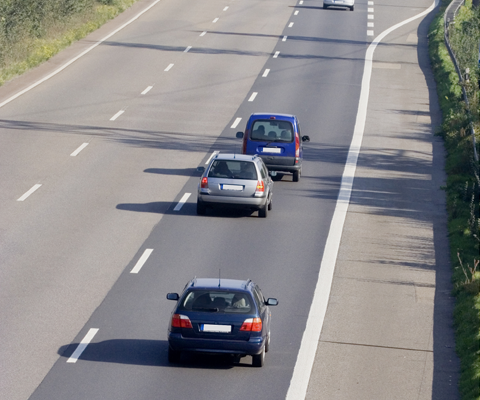
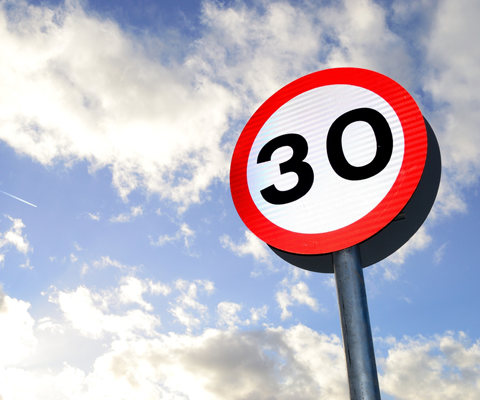
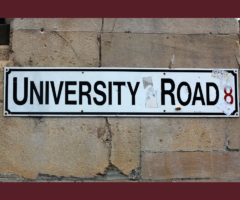
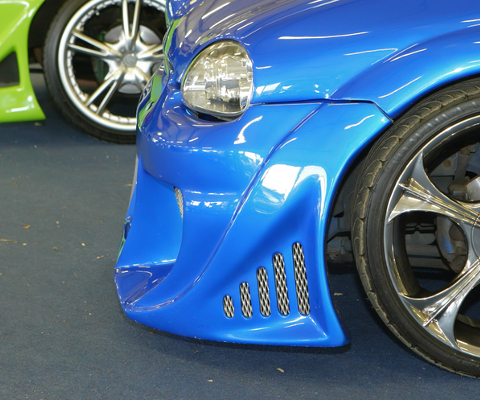
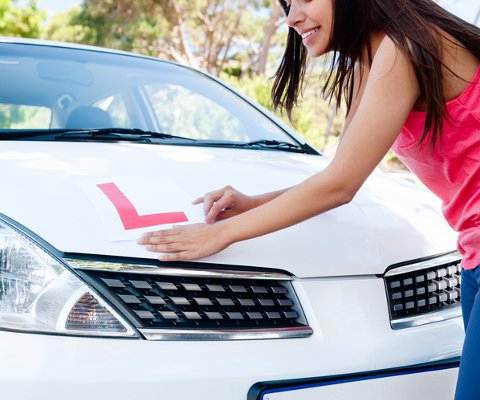
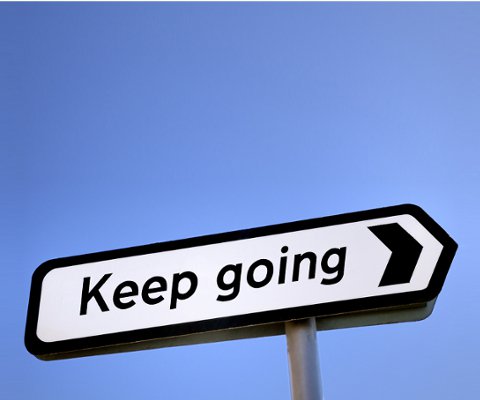


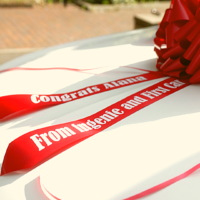


Hey Anthony,
In the UK you can take your test in your own car if it’s suitable. You can read up on it here:
https://www.ingenie.com/young-drivers-guide/can-i-take-the-practical-test-in-my-own-car
I hope you do well, sorry you’re not having the best time of it.
Honor